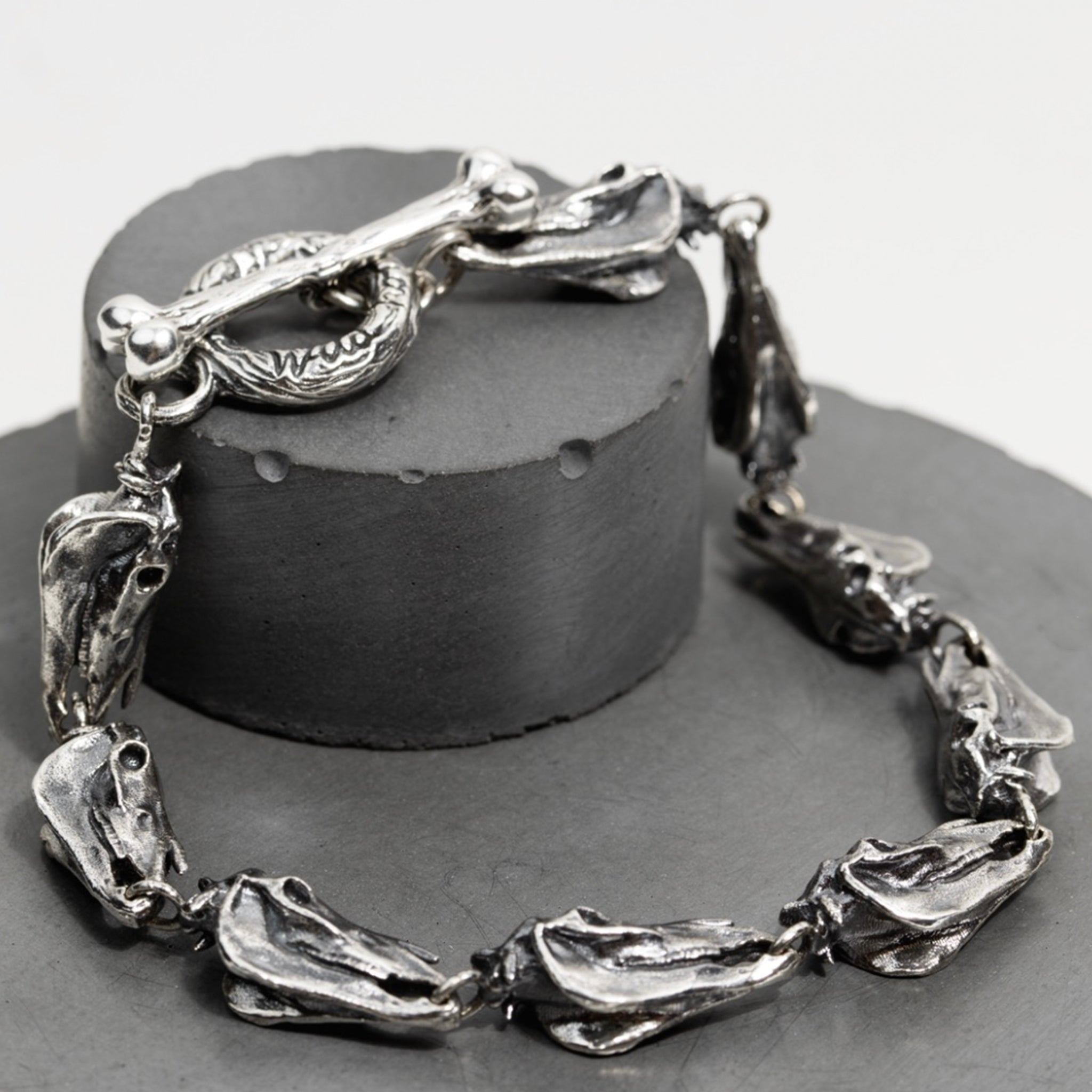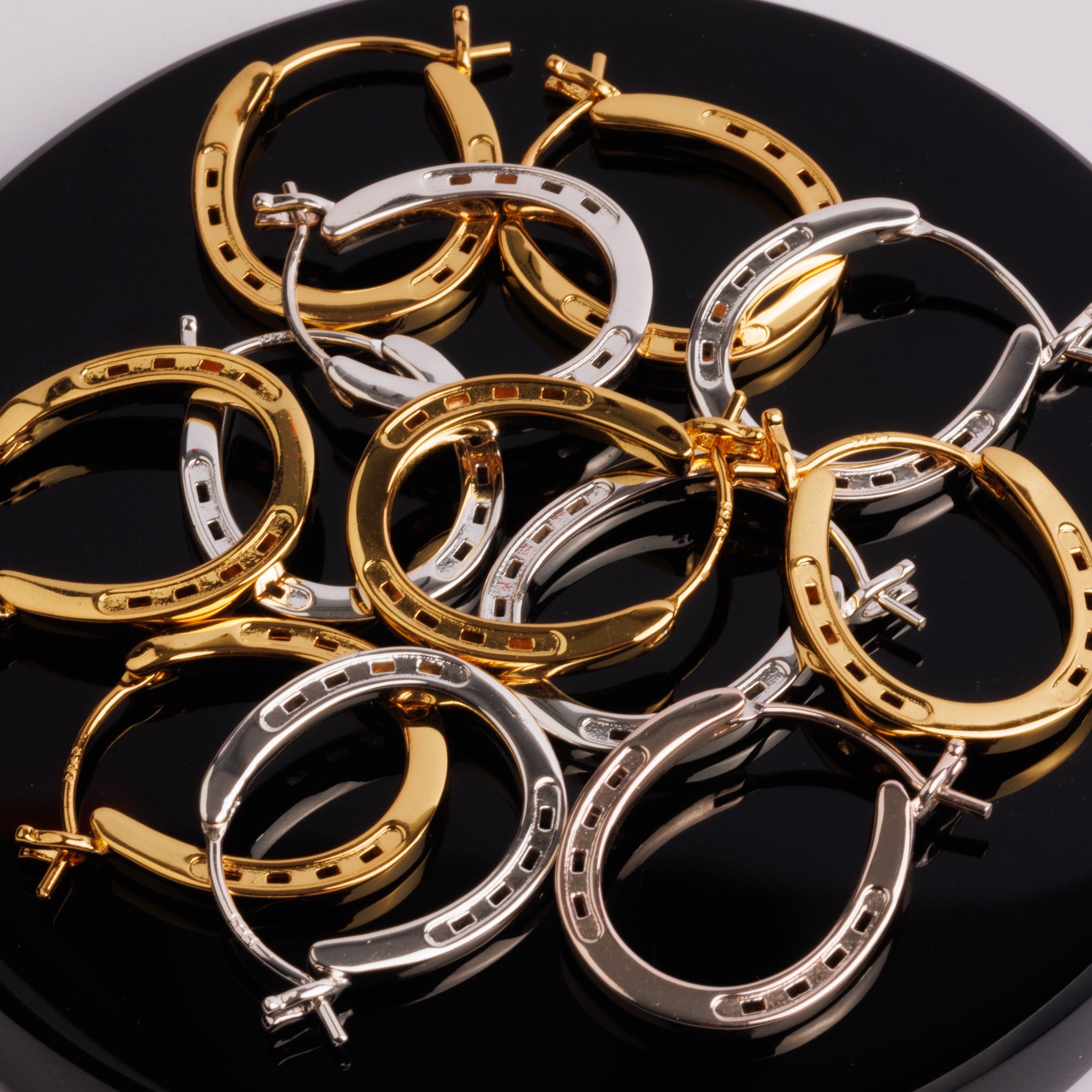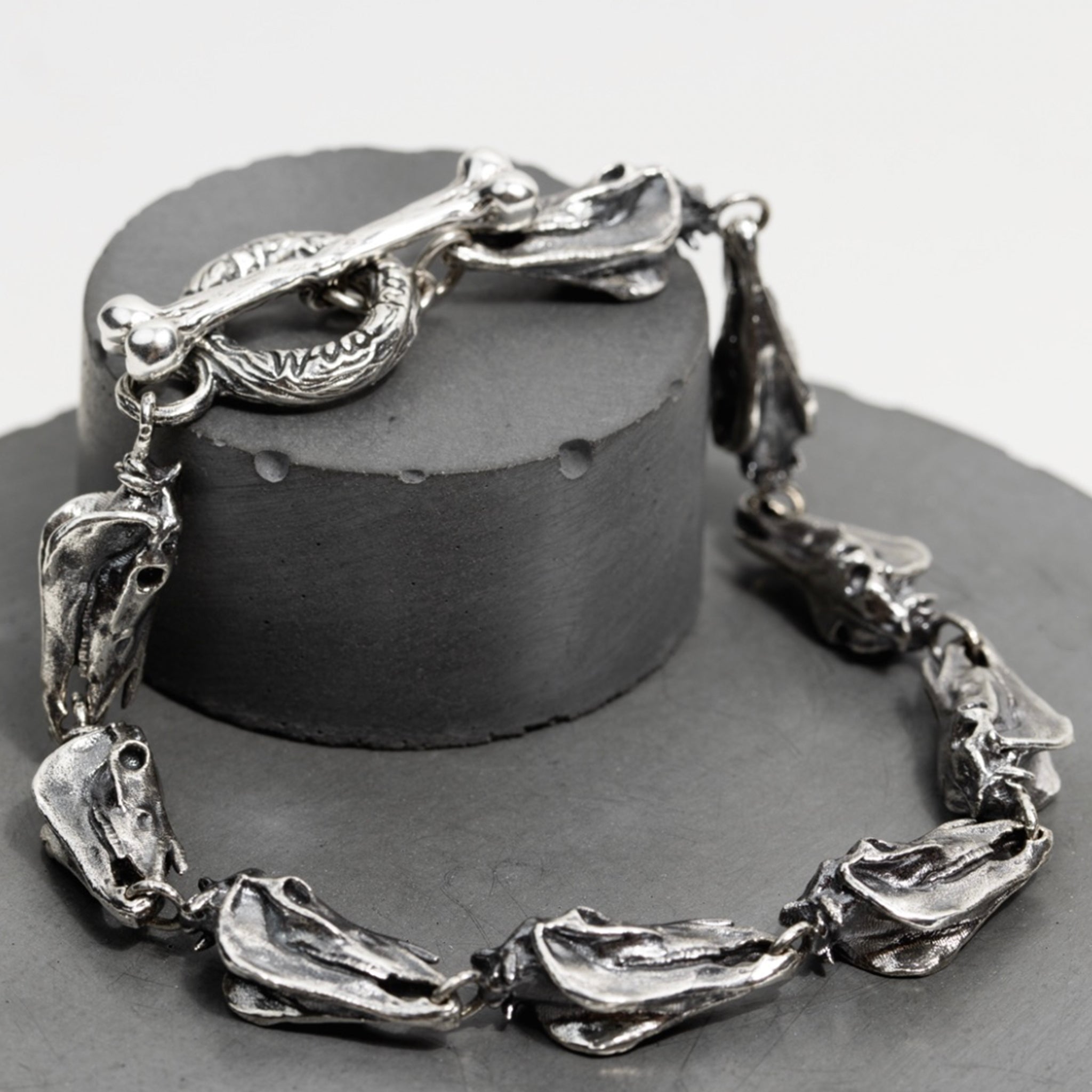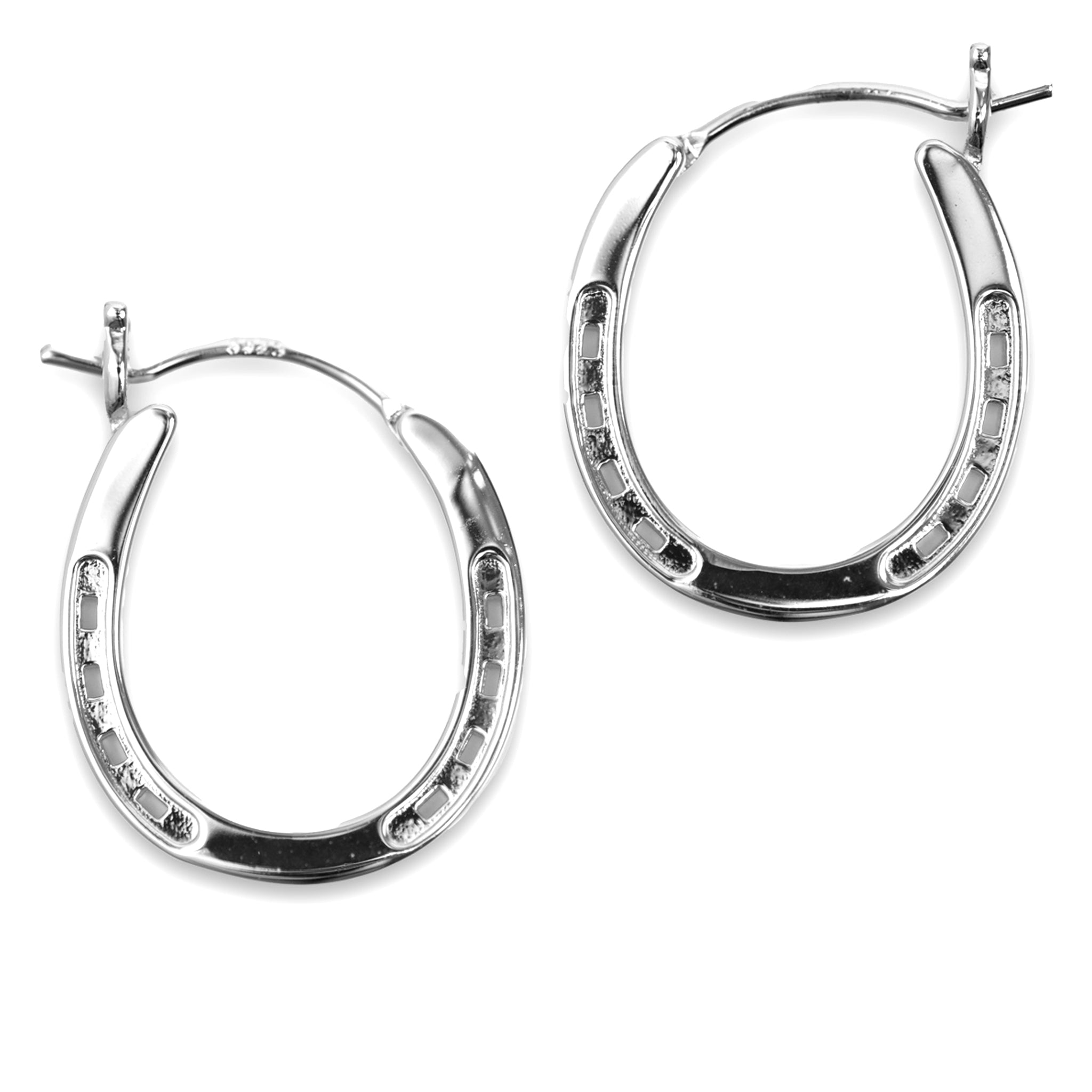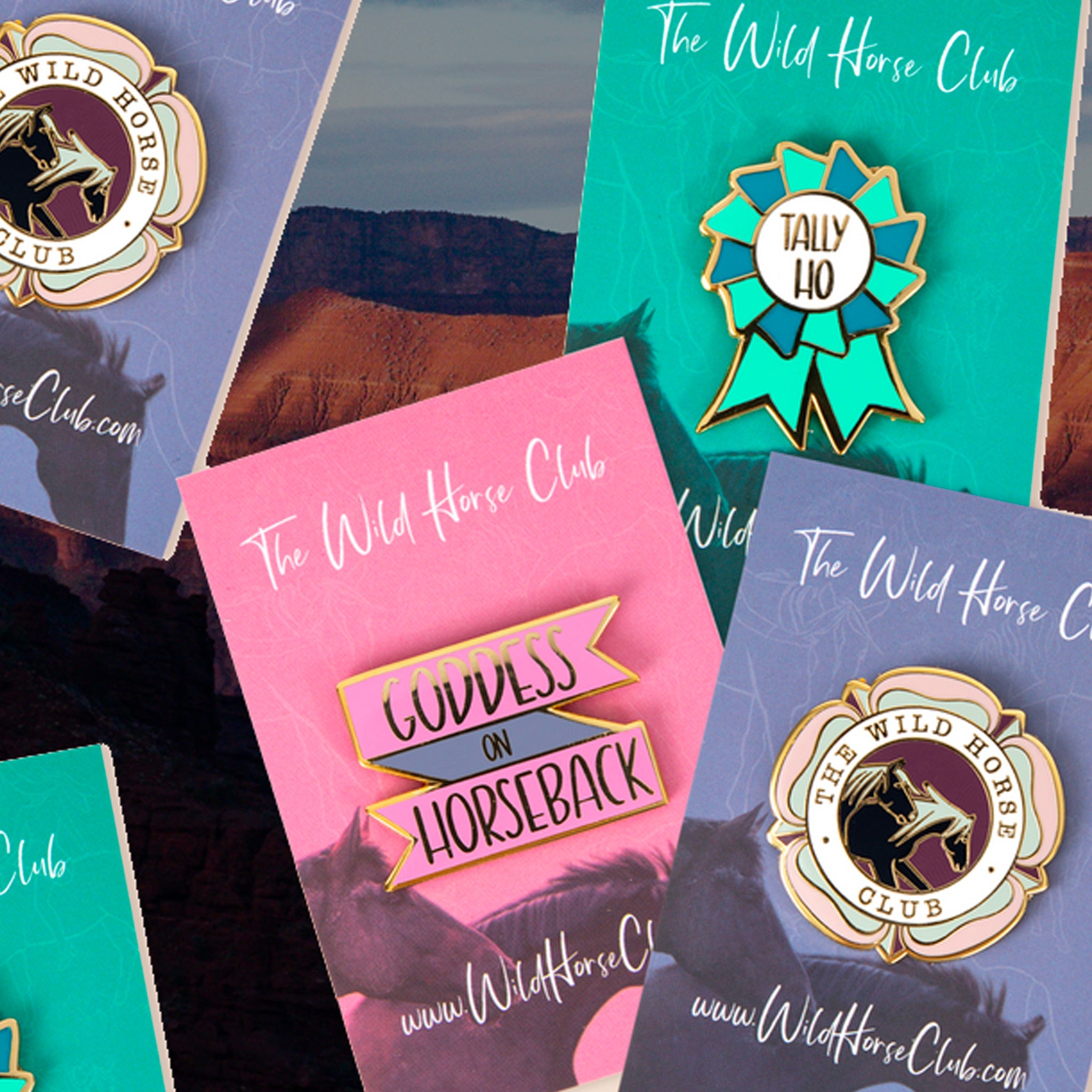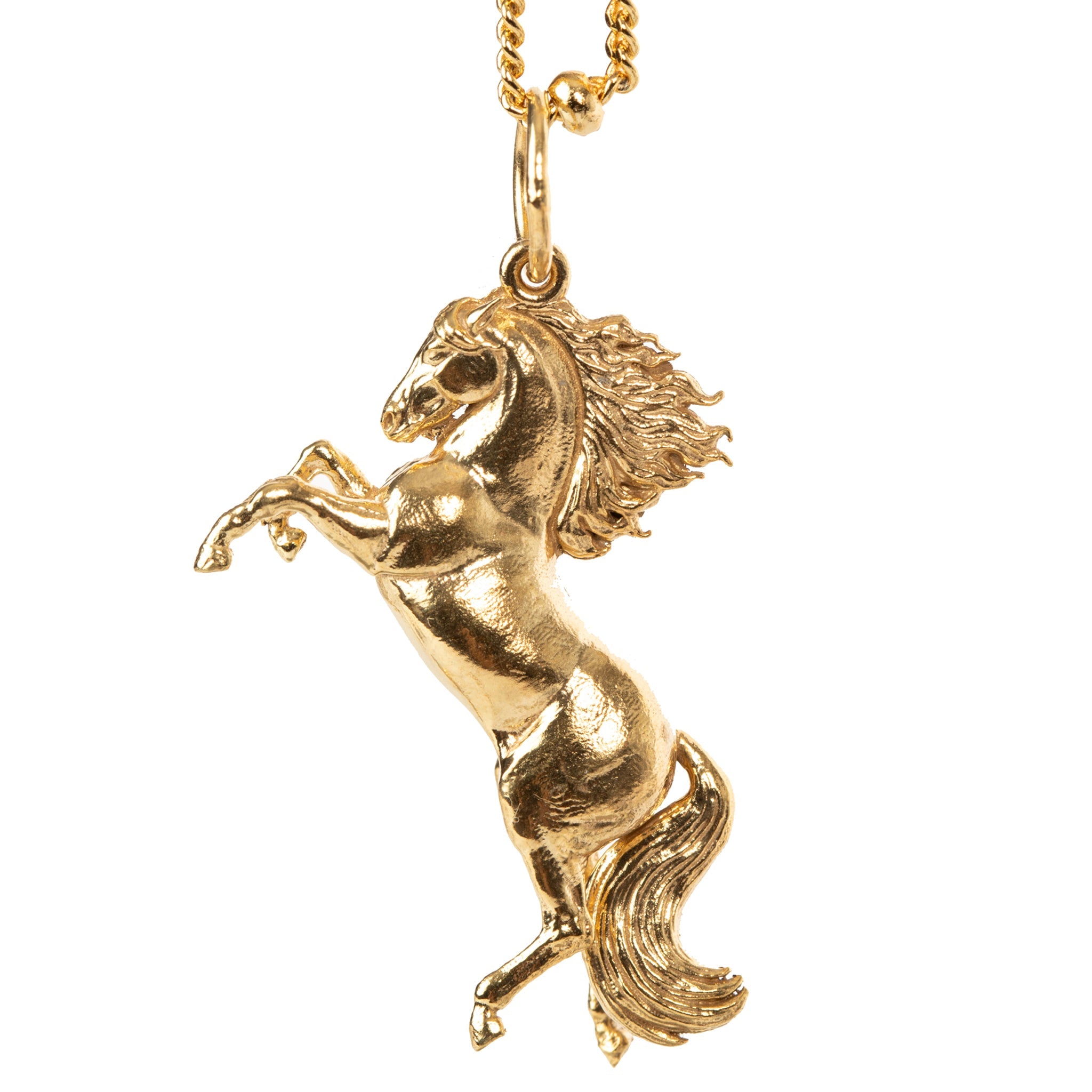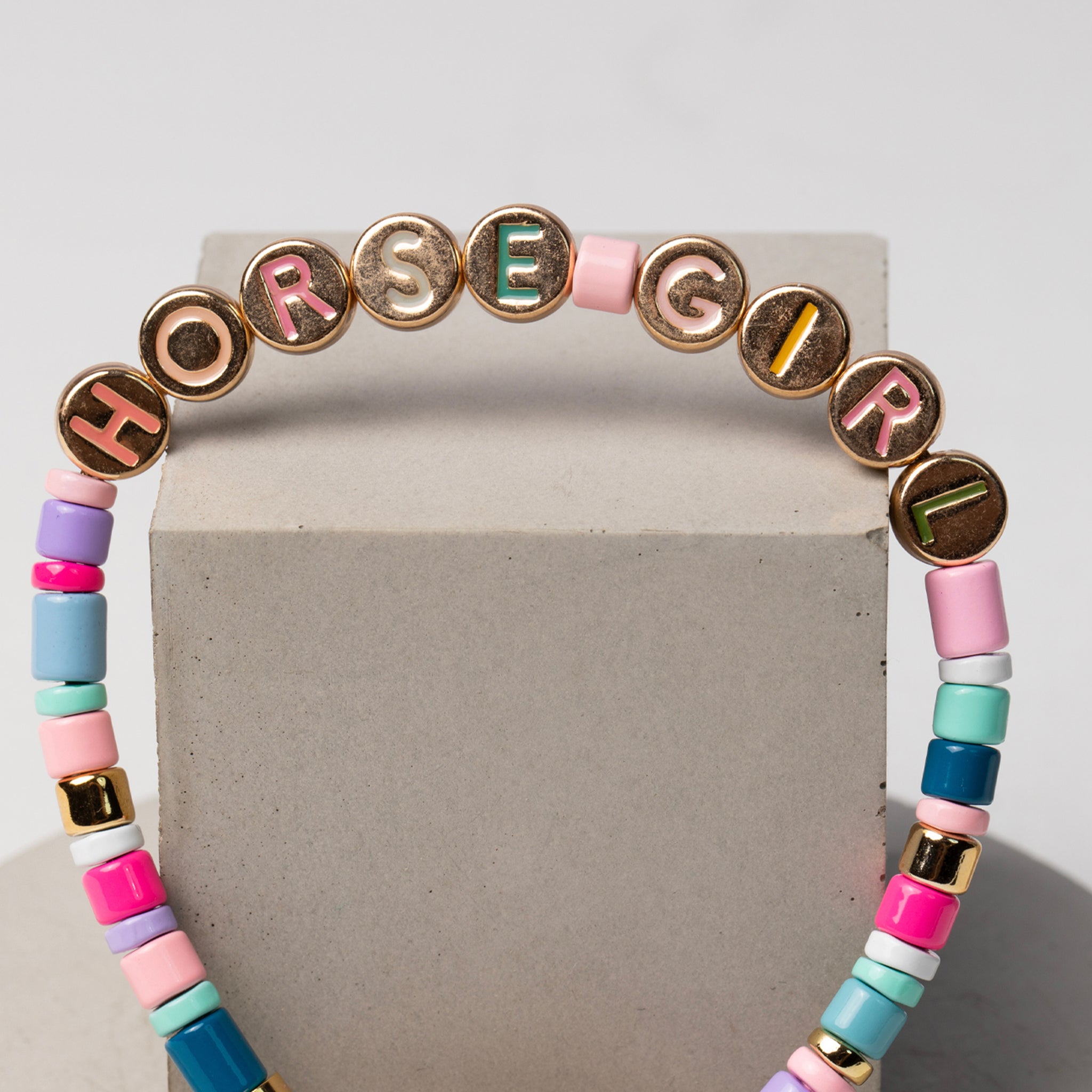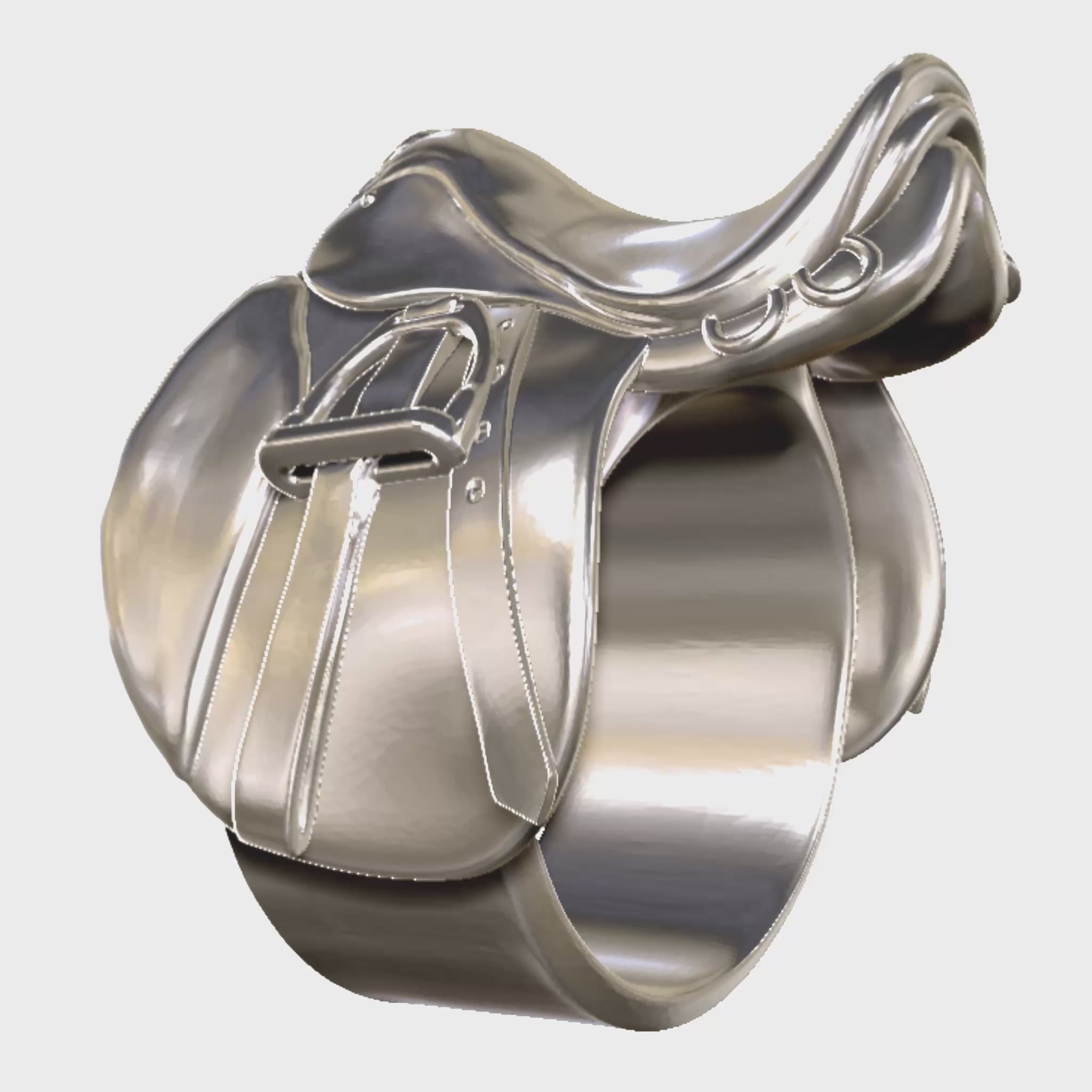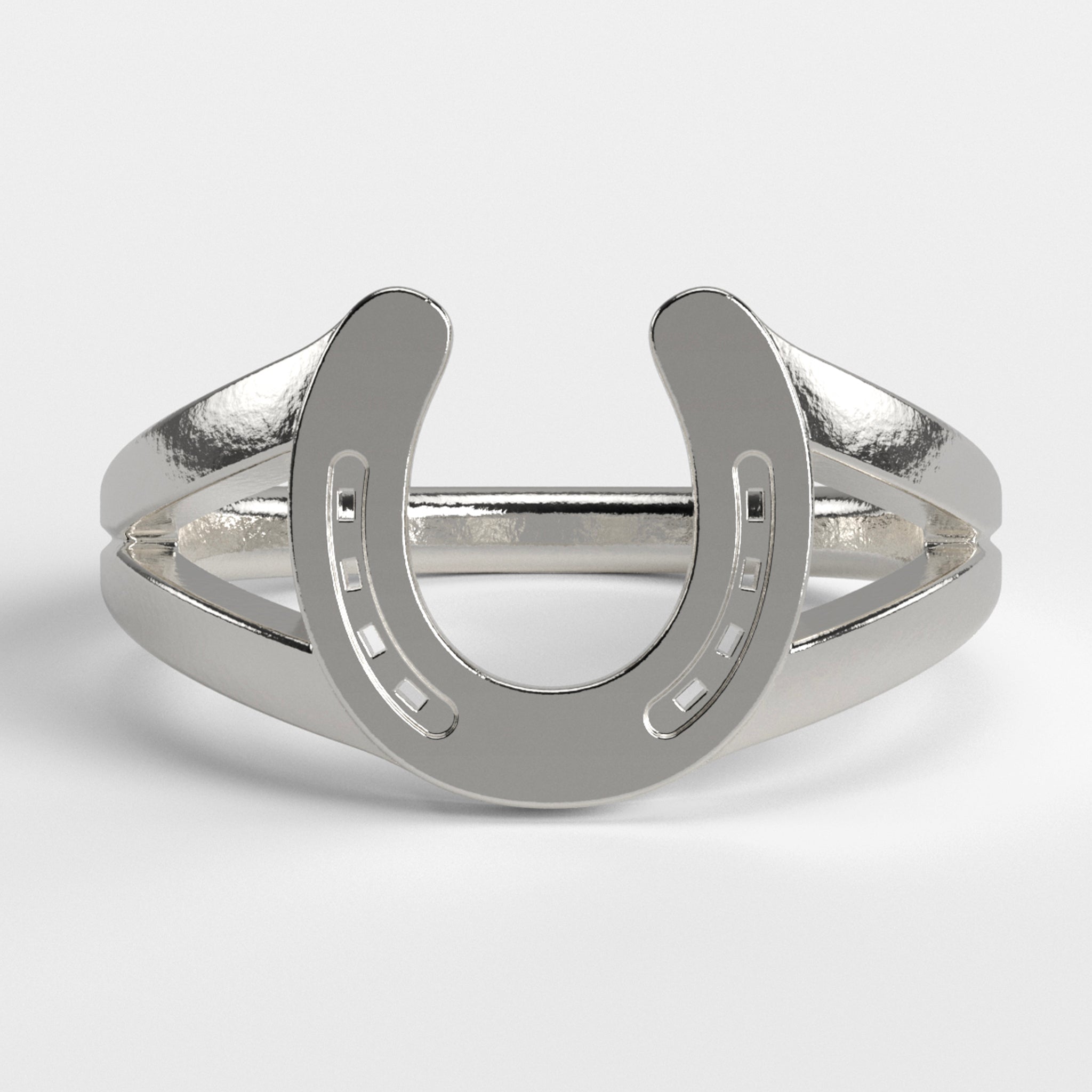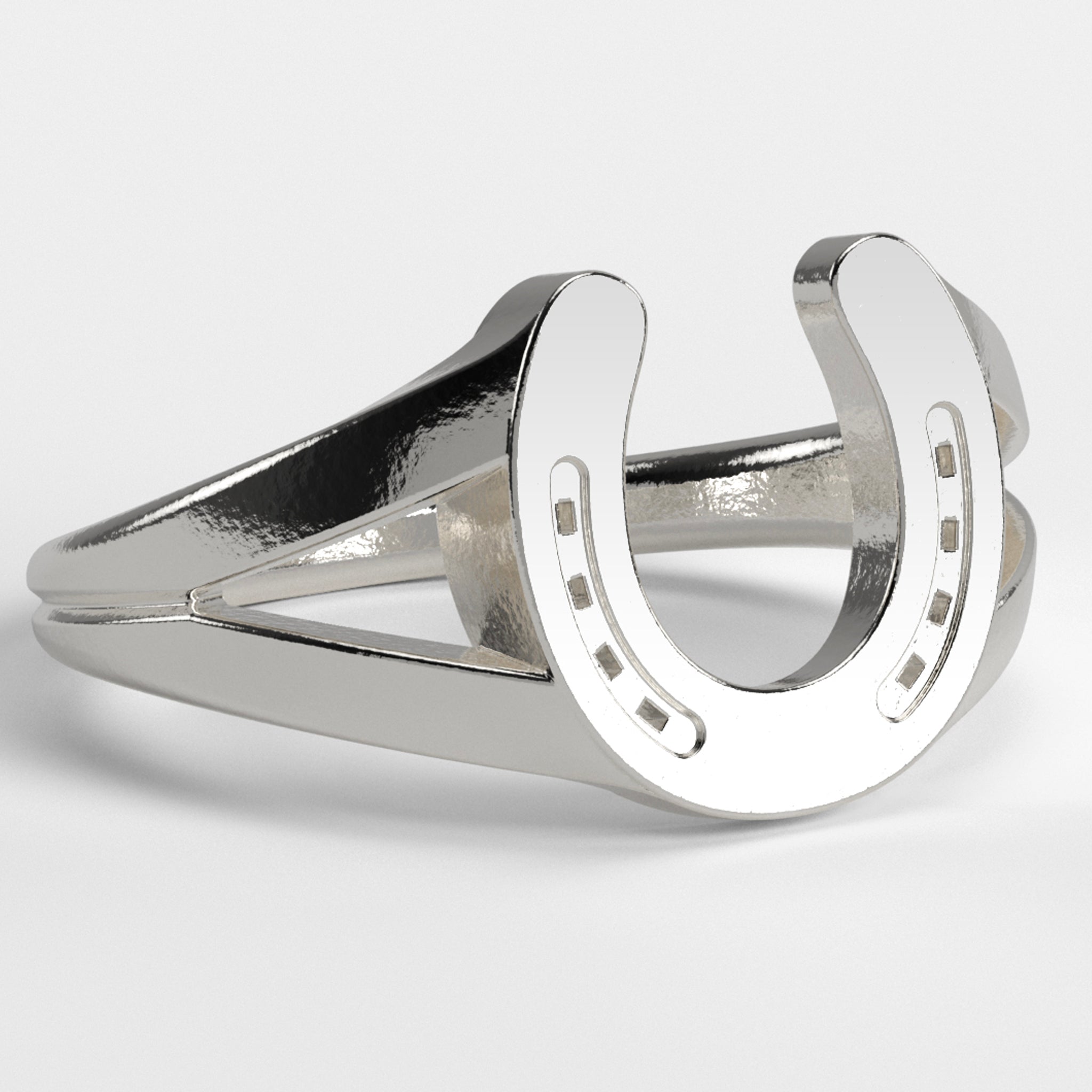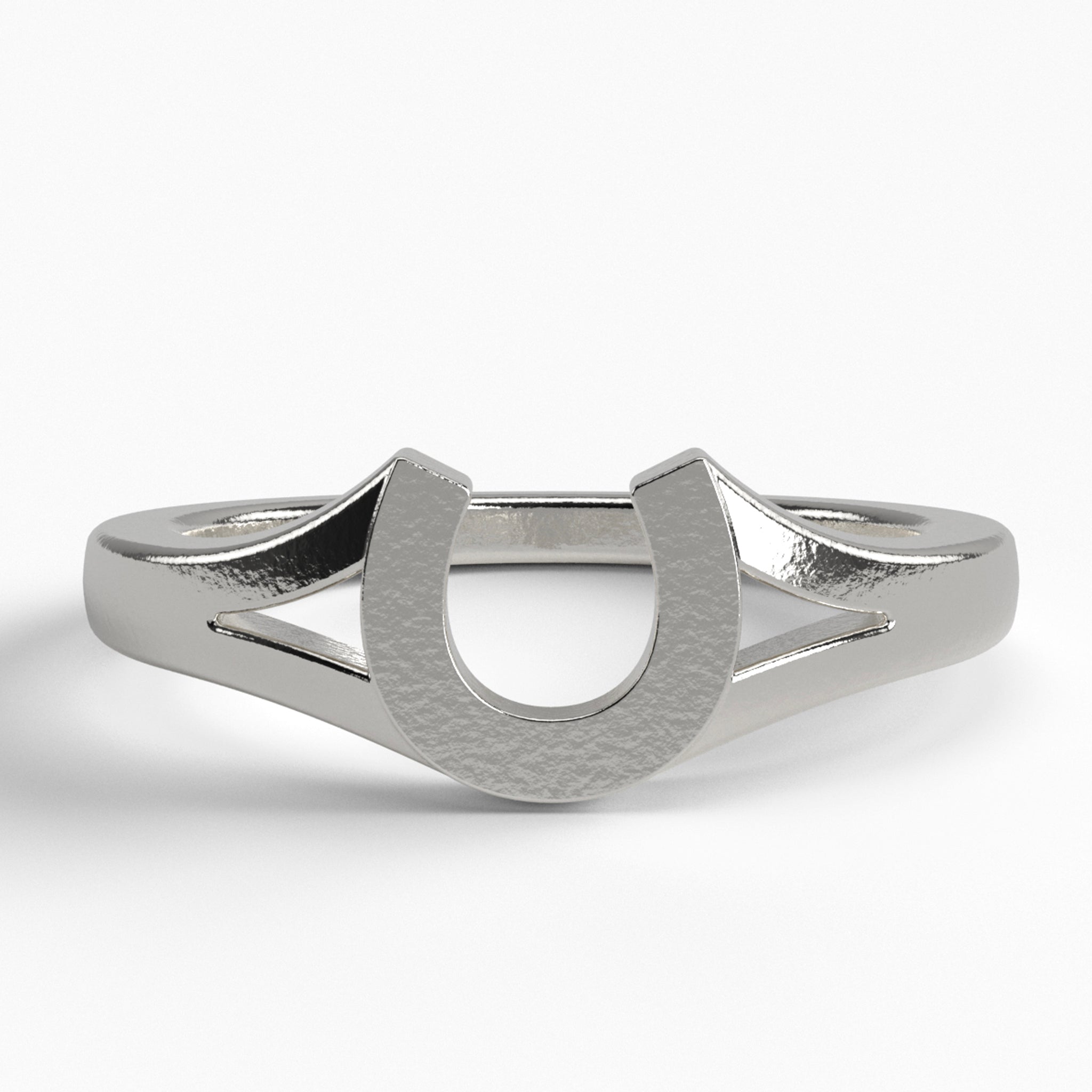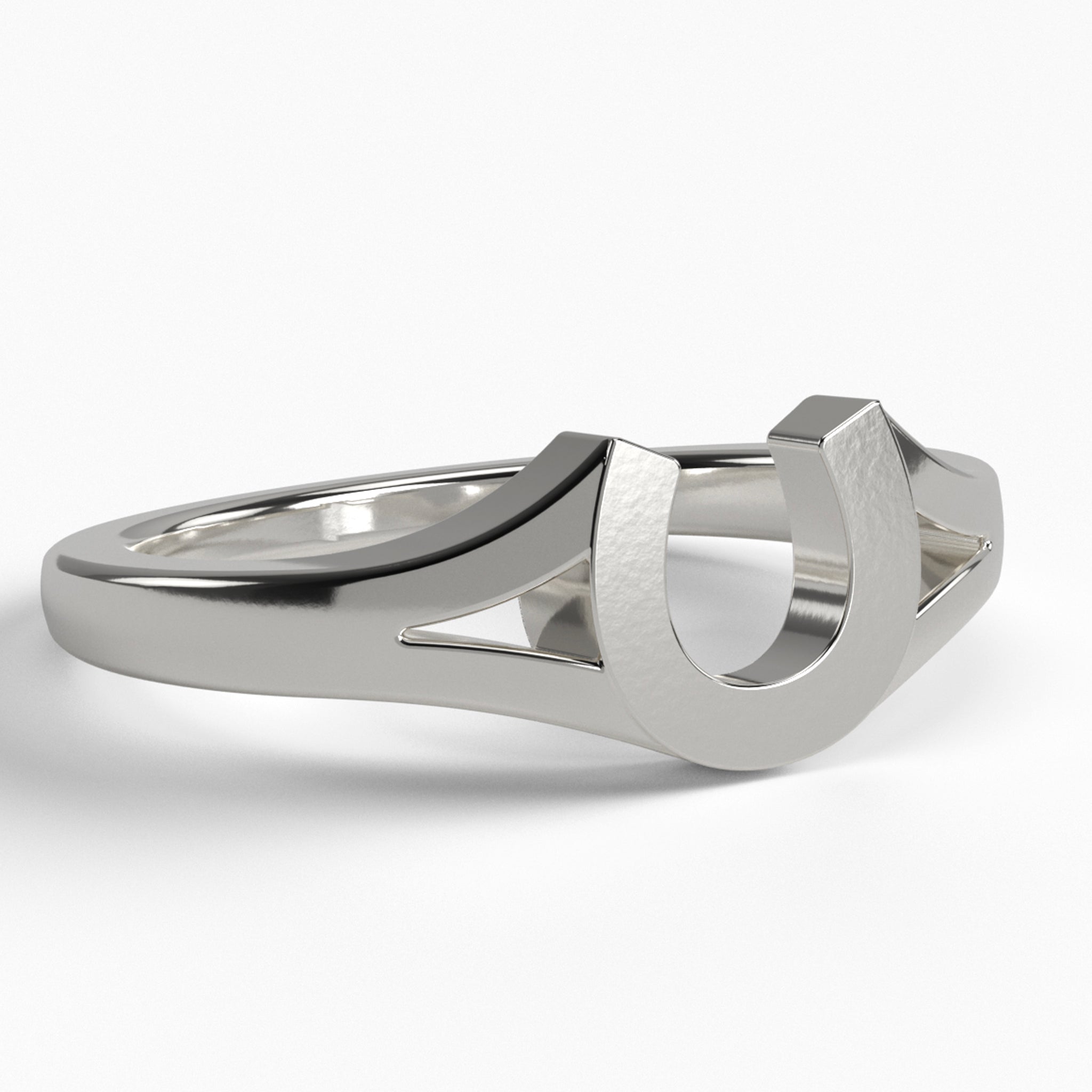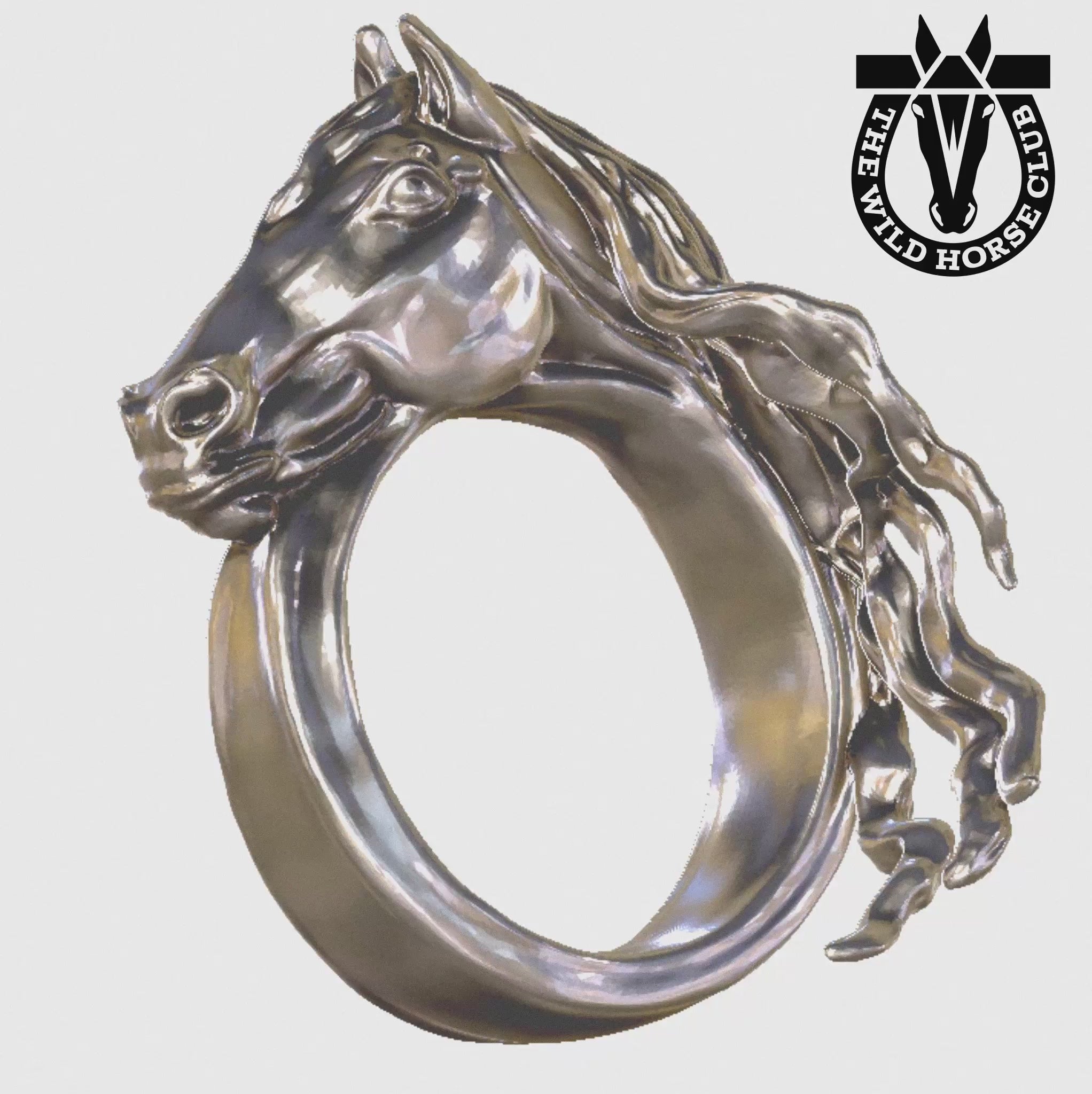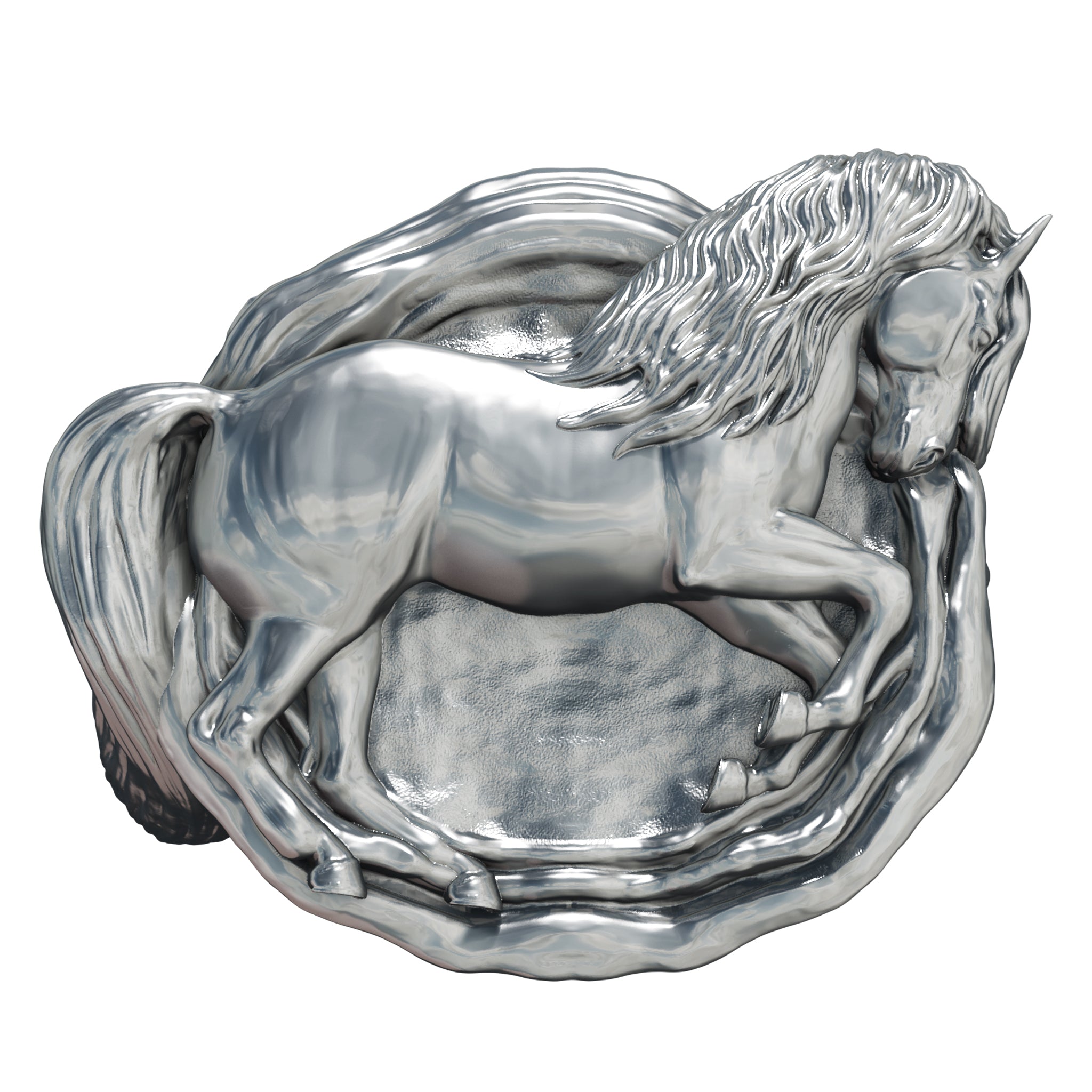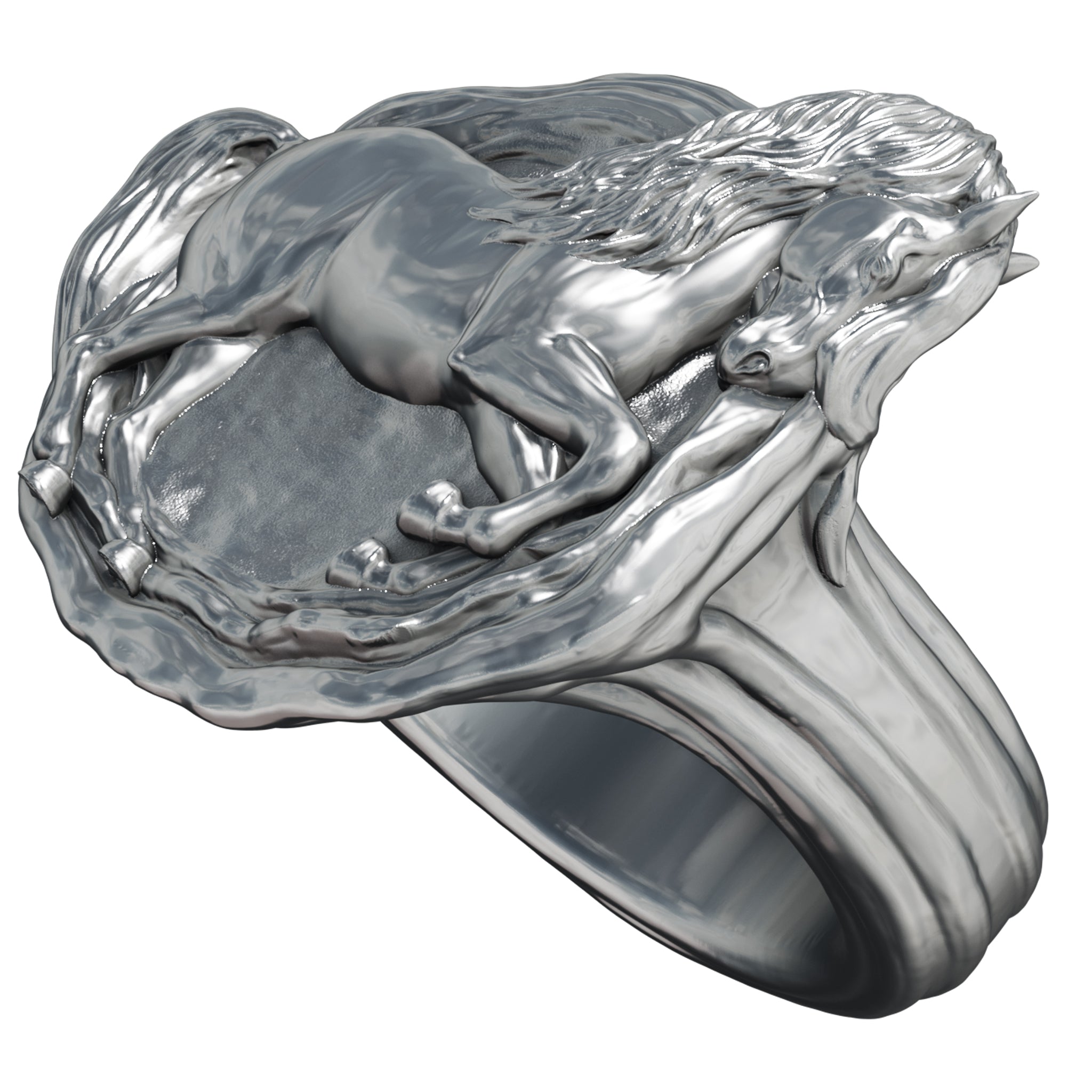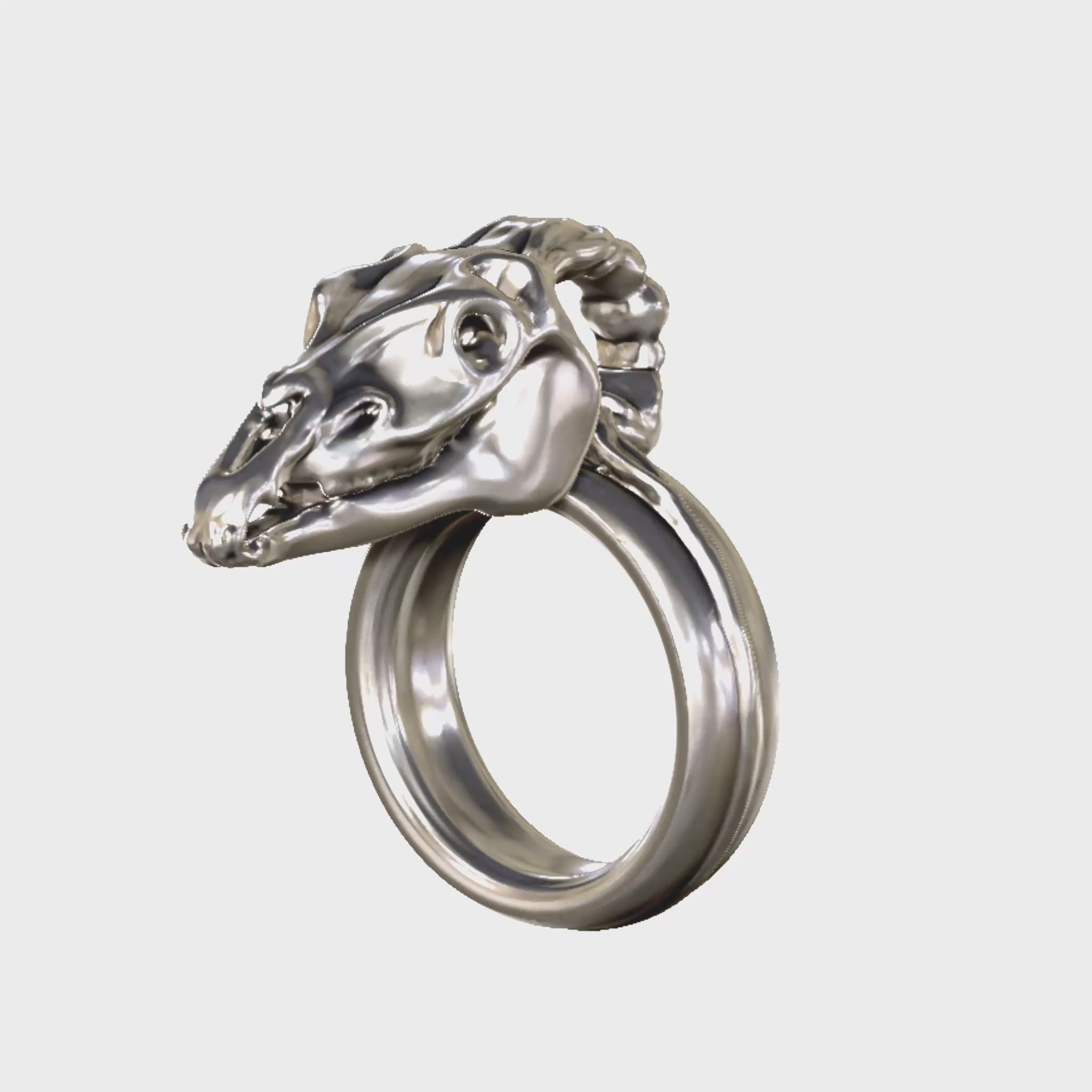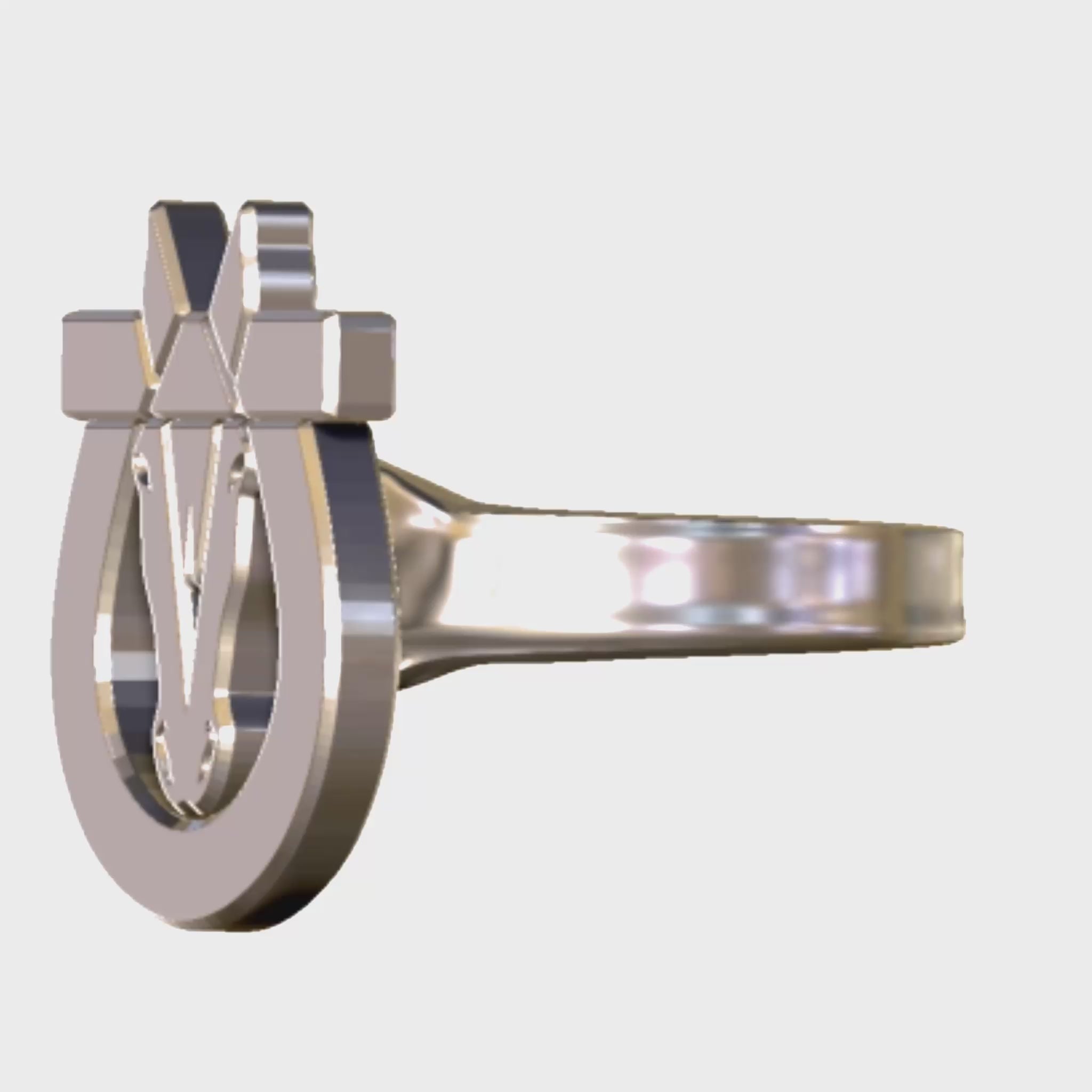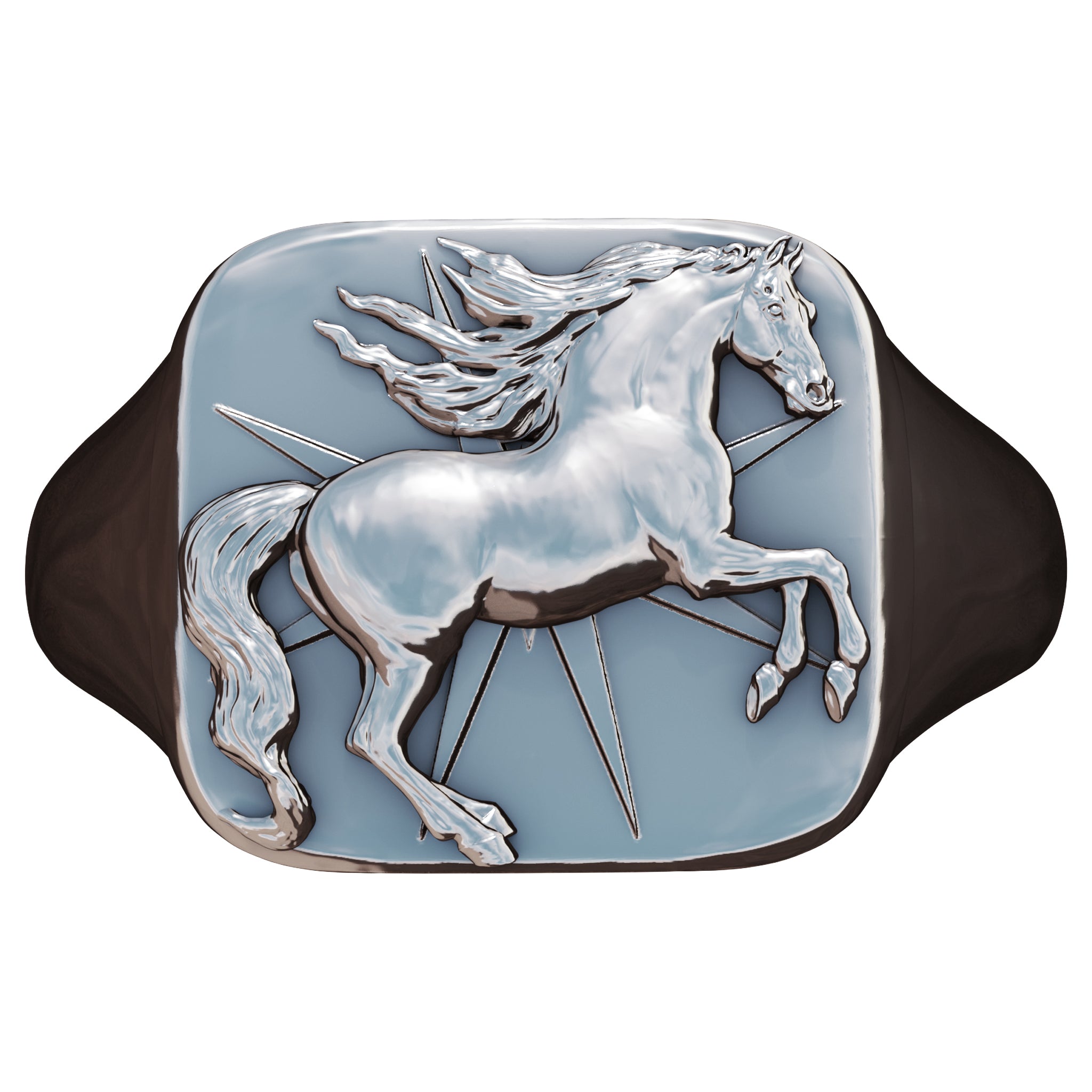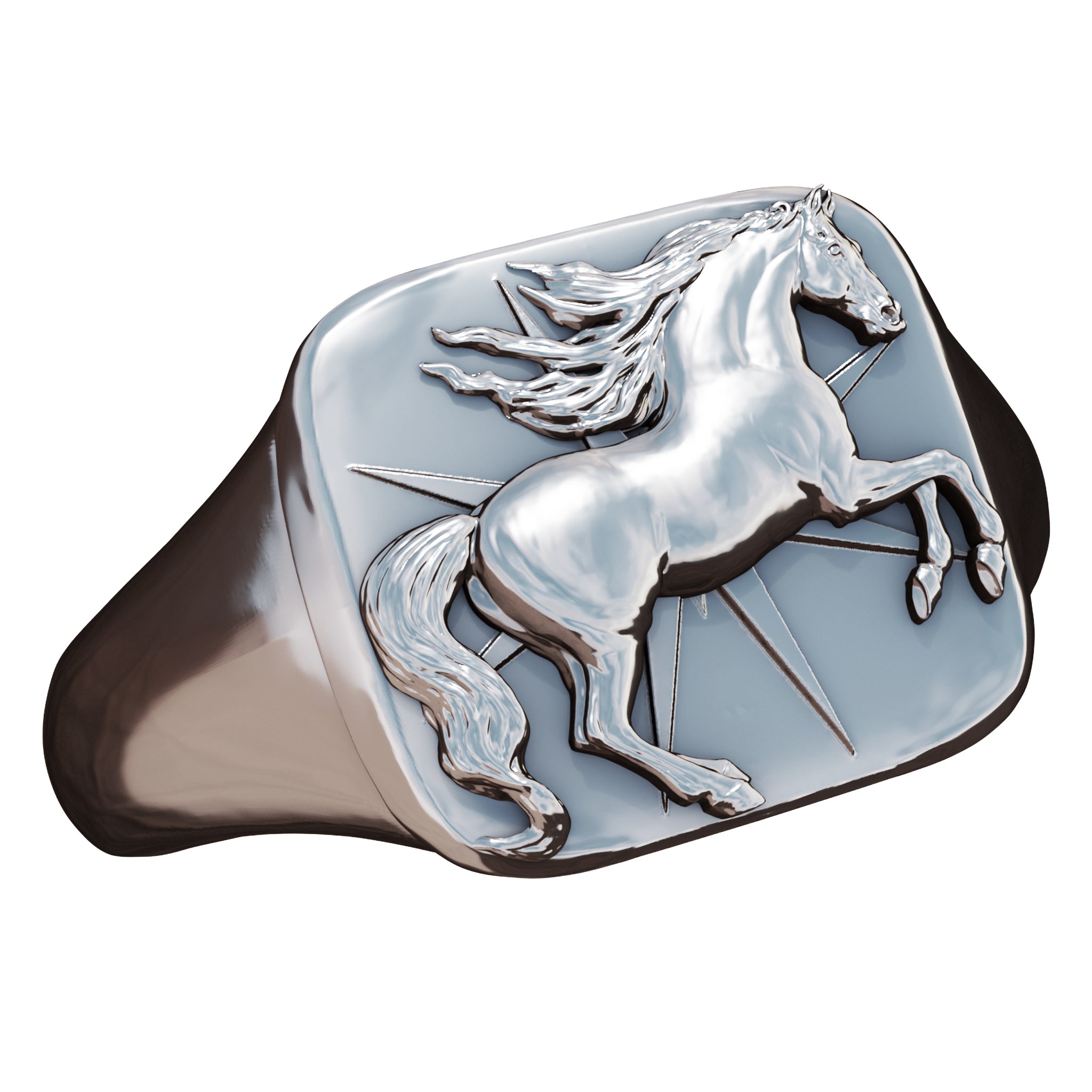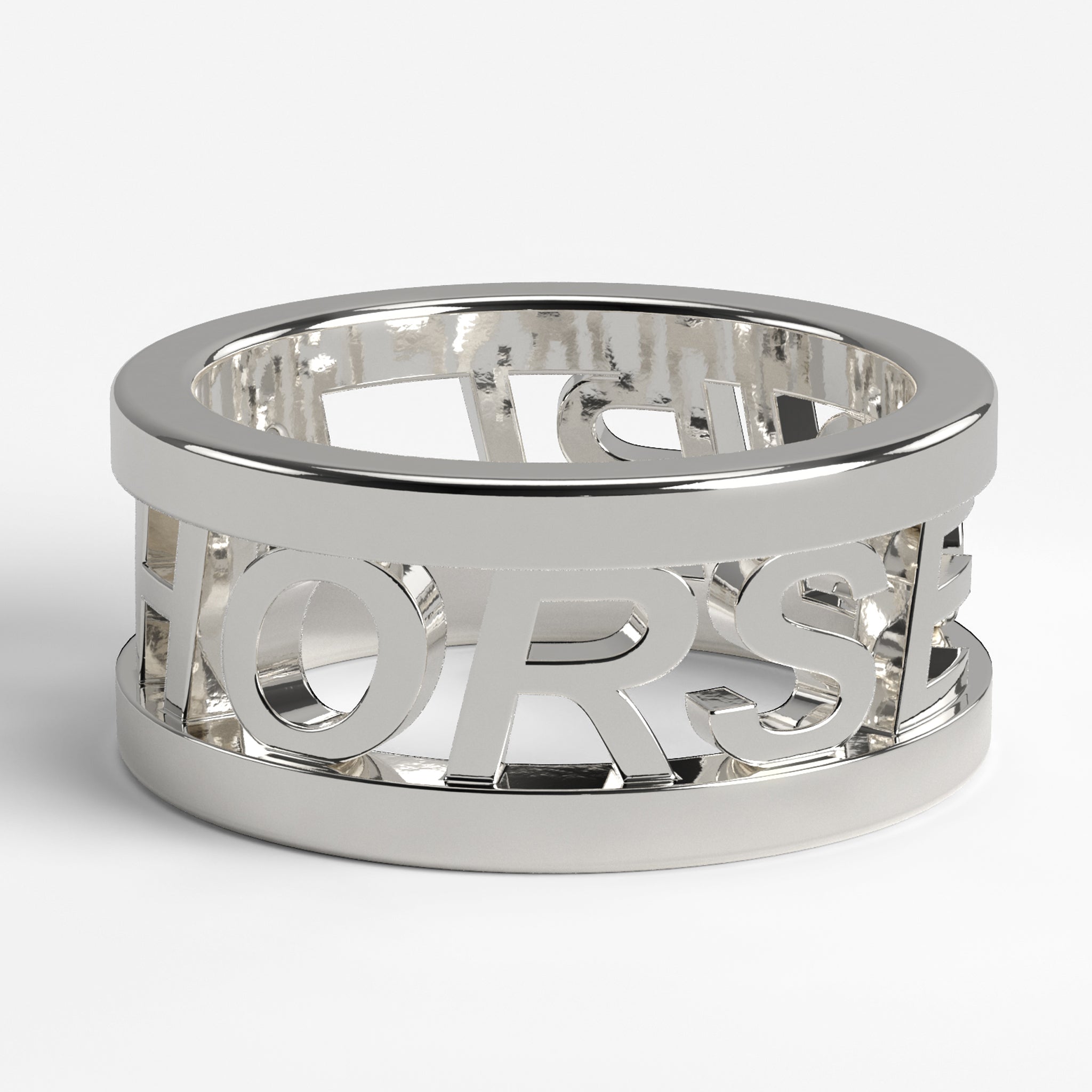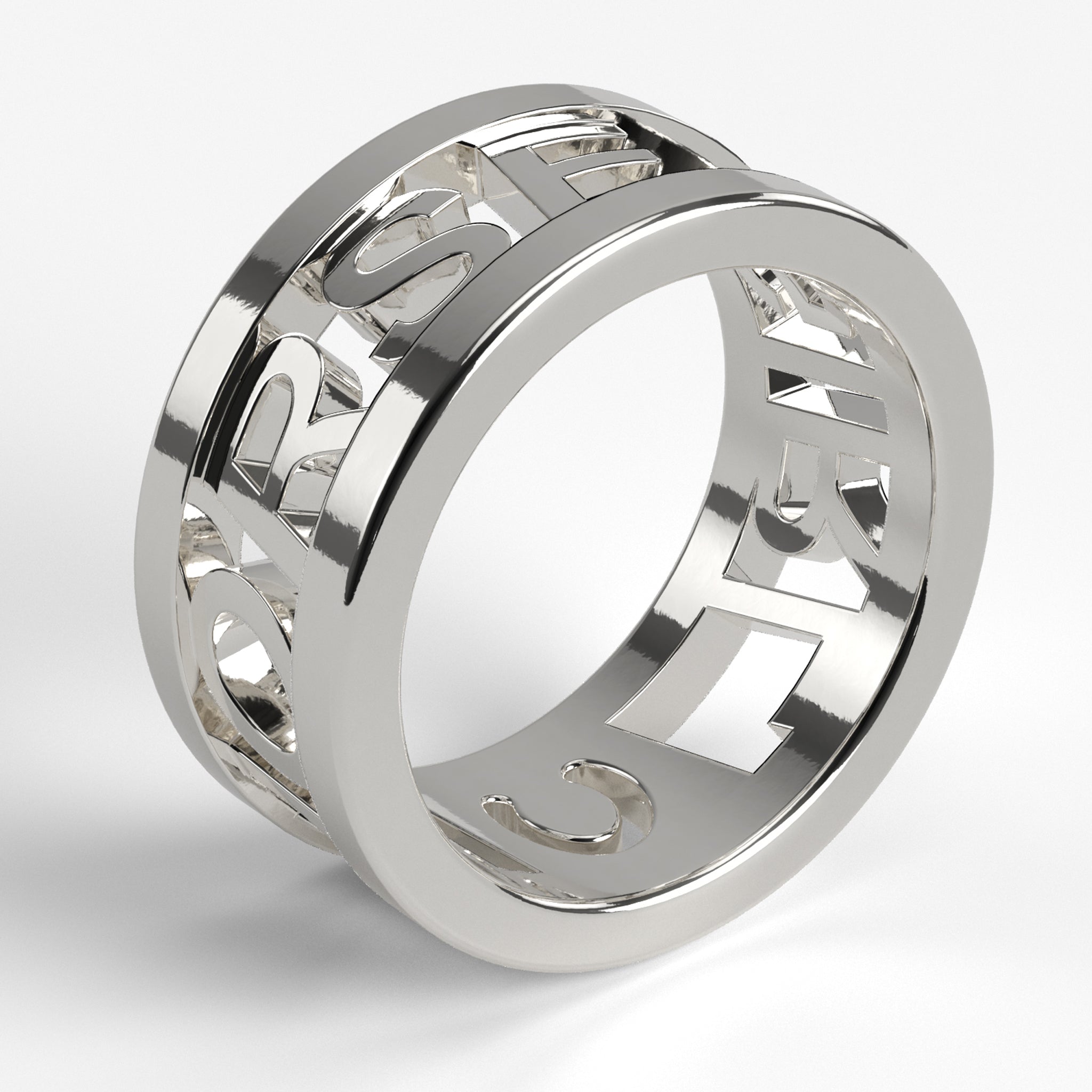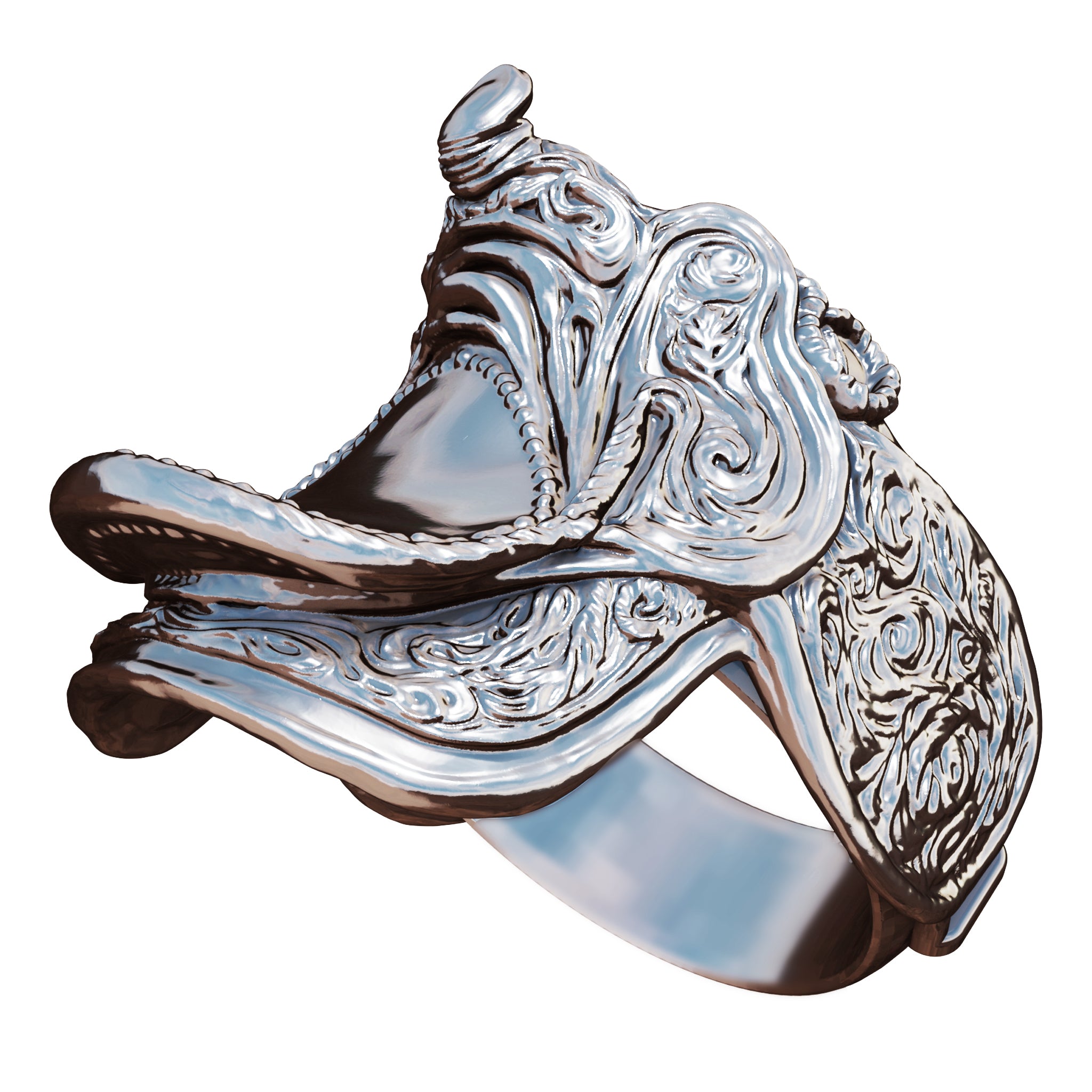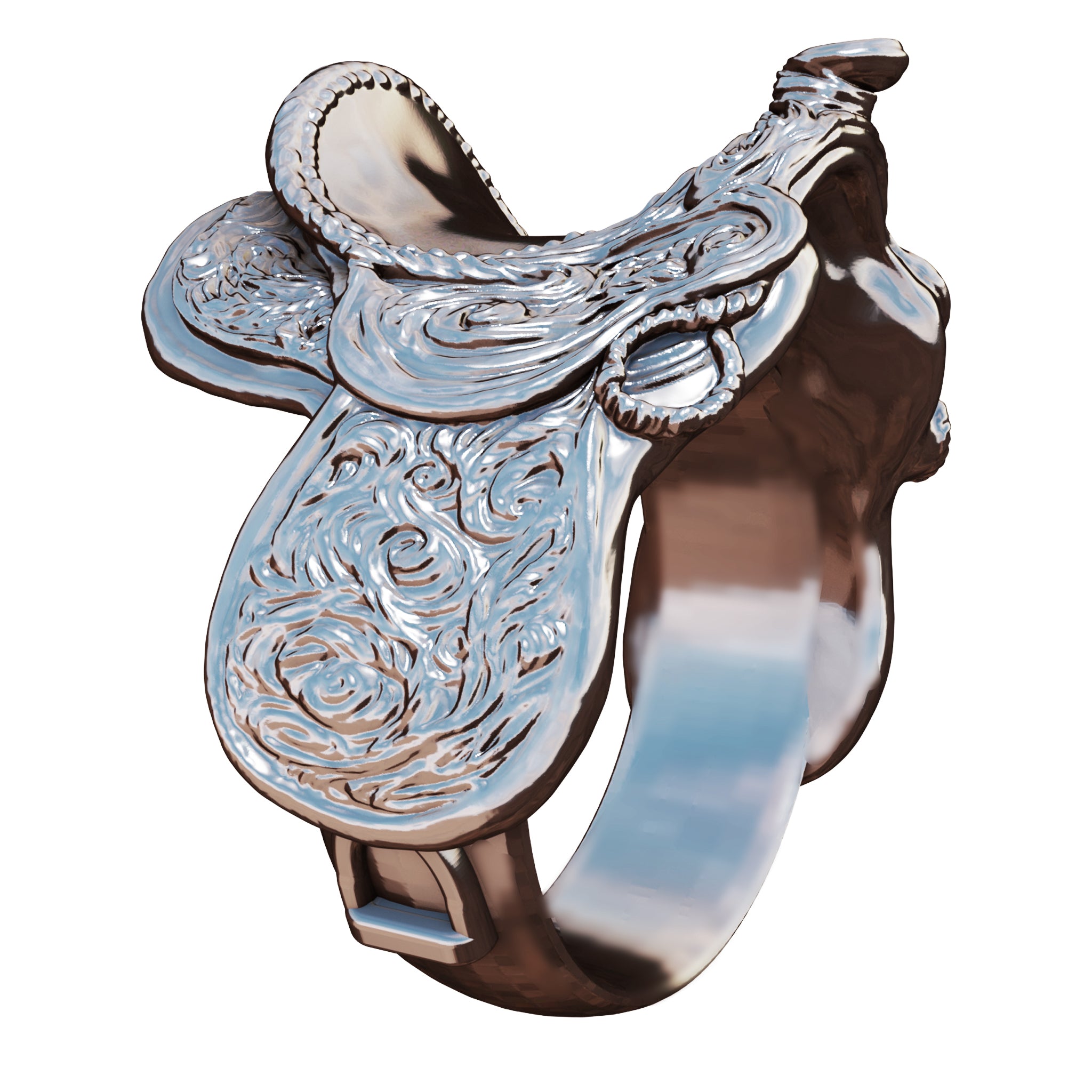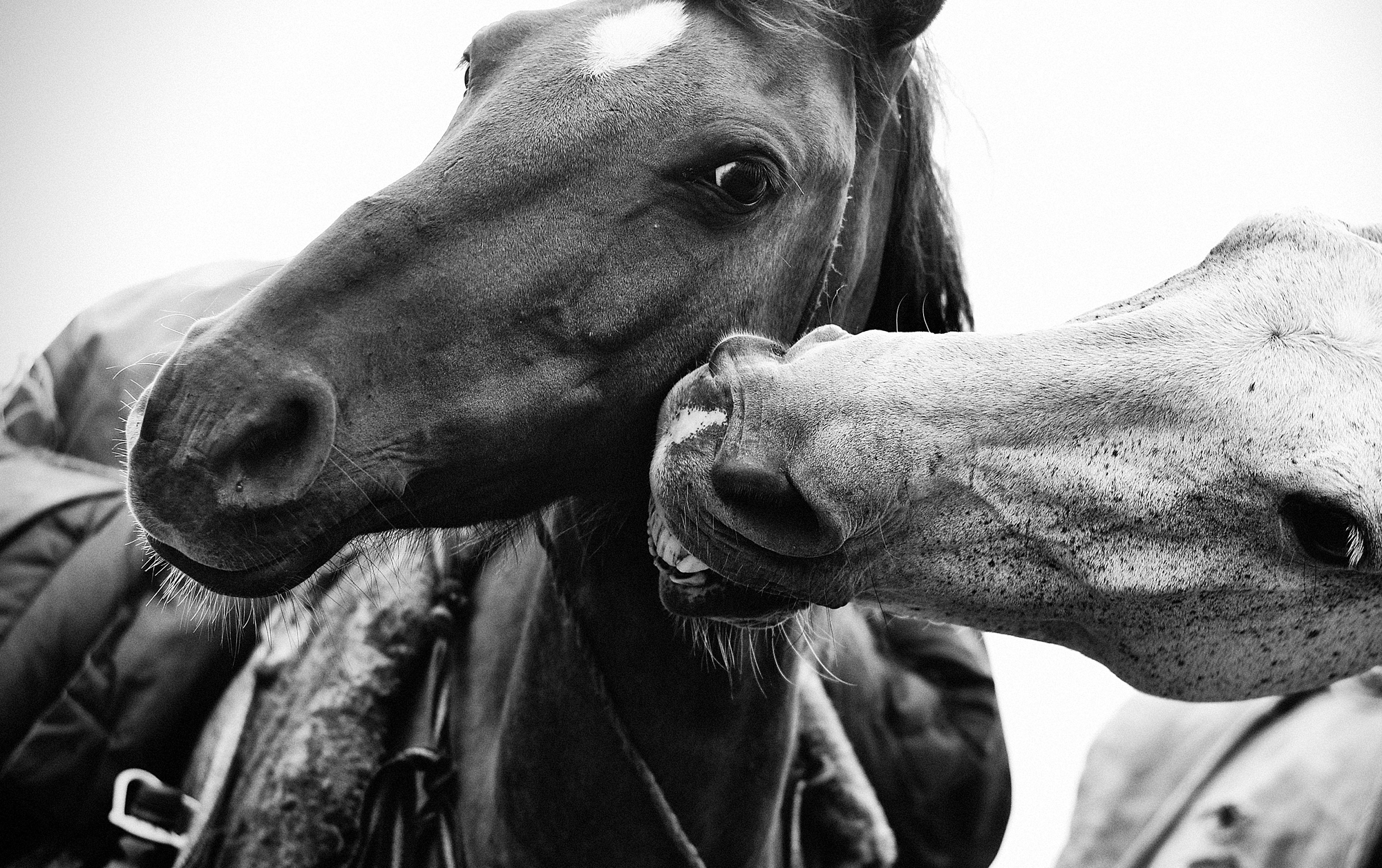The History of Western Jewelry: From Rodeo Queens to Ranch Weddings
The History of Western Jewelry: From Rodeo Queens to Ranch Weddings
Introduction: Where Grit Meets Glamour
Western jewelry has always existed in the sweet spot between grit and glamour. Born out of a culture that values independence, storytelling, and style, it’s more than decoration—it’s an identity. From the rhinestone-encrusted rodeo queens of the 1940s to the cowgirl-chic brides of today, western jewelry has never just been about sparkle. It has always been about signaling a way of life: resilient, romantic, and untamed.
The Frontier Roots: Function Before Fashion
Long before silver cuffs and turquoise pendants appeared on runways, jewelry in the American West was practical. Native tribes such as the Navajo, Hopi, and Zuni crafted silverwork and turquoise in ways that reflected their connection to the land. These designs were bold but not ornamental for ornament’s sake—they carried spiritual protection, tribal identity, and ancestral stories.
When European settlers and Mexican artisans arrived, they brought filigree silverwork, hammered cuffs, and new smithing techniques. Over time, these styles fused into the “frontier look”: rugged, handmade, often passed down as heirlooms. Every bracelet, bolo, or concho belt wasn’t just adornment—it was a symbol of heritage, survival, and pride.
⸻
The Rise of the Rodeo Queen: Jewelry as Spectacle
By the early 20th century, rodeo culture was booming, and with it came a new kind of style icon: the rodeo queen. These women weren’t just athletes; they were performers who carried the spirit of the West into stadiums and parades. Jewelry became part of their competitive edge.
Flashy rhinestone belts, oversized buckles, statement necklaces, and tooled silver cuffs caught the spotlight under the arena lights. The jewelry wasn’t subtle—it was made to be seen from the stands. Rodeo queens set the tone for “Western glam,” proving that toughness and sparkle could coexist. That duality still defines western jewelry today.
⸻
Hollywood Westerns: From Screen to Street
The 1940s through the 1960s saw Hollywood export the cowboy mythos around the world. Stars like Dale Evans and Roy Rogers wore custom silver buckles, bolo ties, and horse-themed pendants that became instantly iconic. Costume designers leaned heavily on Navajo turquoise, Mexican silver, and western motifs—horseshoes, stars, and rope twists—bringing them into mainstream fashion.
Fans copied what they saw on screen. A turquoise cluster ring or a horseshoe pendant wasn’t just a souvenir—it was a piece of cinematic Americana. Western jewelry officially crossed over from regional to global, its identity forever tied to Hollywood mythmaking.
⸻
From Ranch to Runway: The 1970s & 1980s
By the 1970s, fashion designers began to mine western culture for inspiration. Ralph Lauren, Calvin Klein, and other American brands re-packaged cowboy aesthetics as high fashion. Silver cuffs, squash blossom necklaces, and bolo ties were reinterpreted for the runway.
The 1980s leaned into excess. Oversized belt buckles, chunky turquoise, and dramatic western motifs became power statements. Jewelry was no longer just about western identity—it became a tool of self-expression for city dwellers who craved a taste of cowboy rebellion.
⸻
Symbolism in Every Detail
At its core, western jewelry has always been symbolic:
• Horseshoes: Worn for luck, protection, and a nod to the bond between rider and horse.
• Stars & Spurs: Icons of guidance and grit.
• Turquoise: Believed to carry healing, protection, and connection to the sky.
• Ropes & Braids: Symbols of strength, unity, and endurance.
Each design element is both beautiful and meaningful—a wearable story about heritage and hope.
⸻
Modern Revival: Weddings & Western Luxe
In today’s fashion landscape, western jewelry is enjoying a massive revival. Shows like Yellowstone have made ranch style aspirational, while social media has elevated cowgirl aesthetics into global trends. Brides now choose western-inspired jewelry for weddings held on ranches, in barns, or under desert skies.
Ranch weddings often blend rustic textures with high fashion: a silk slip dress paired with a silver cuff, or a veil accented by turquoise earrings. Jewelry plays a starring role, balancing tradition with rebellion. For many couples, it’s a way of tying love to heritage—the horseshoe pendant that symbolizes luck, the bracelet that nods to rodeo queens, the silver cuff that feels timeless.
⸻
From Everyday to Iconic: Jewelry That Lives With You
Western jewelry has never been purely ornamental. A cuff bracelet might carry scratches from years of ranch work. A pendant could be passed down from grandmother to granddaughter. Unlike fast fashion, these pieces tell stories over decades.
That’s why equestrian jewelry continues to resonate. It holds space for memory, heritage, and personal mythology. It’s worn not just to look good, but to feel connected—to family, to the land, to history, and to the untamed spirit of the West.
⸻
The Wild Horse Club Perspective
At The Wild Horse Club, we see western jewelry not as costume, but as legacy. Our horse pendants echo the strength of the rodeo queens who wore silver proudly in the arena. Our cuffs draw from both Native traditions and Hollywood glam, honoring the past while re-forging it for today’s rider, dreamer, and rebel.
For us, western jewelry isn’t just an accessory—it’s a declaration. Whether it’s slipped on for a ranch wedding, gifted to a horse-obsessed daughter, or worn every day as a personal talisman, it carries the same spirit that fueled the frontier and dazzled the rodeo lights.
⸻
Conclusion: A Story That Keeps Evolving
From the functional silver of Native artisans to the glittering rhinestones of rodeo queens, from Hollywood glam to runway reinterpretations, western jewelry has always balanced toughness with beauty. It has adapted, evolved, and reinvented itself while never losing its core identity: freedom, resilience, and connection to the horse.
Today, as brides pair silver cuffs with white gowns and fashionistas layer turquoise with denim jackets, western jewelry proves it is not just a trend—it’s a living story. One that began in the dust of the rodeo ring and continues to shine in the glow of a wedding altar, a festival stage, or a quiet morning ride.
Featured product
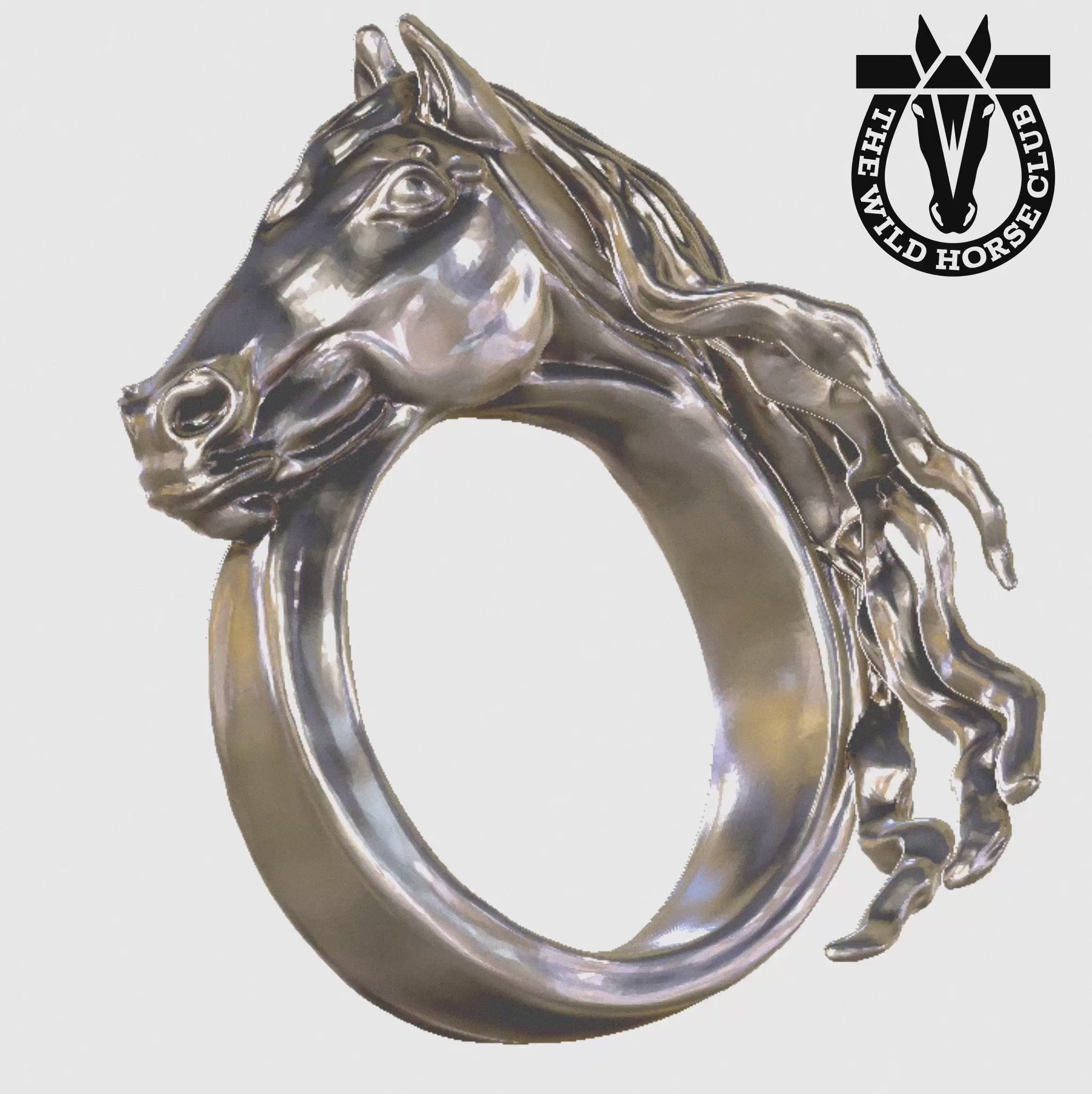
This is more than a silver ring. It's pure, solid sterling silver forged to capture a horse's untamed spirit. Made to order, this horse head ring is a bold statement piece. A powerful present idea for horse lovers.
FOR THE TAMEABLE
SHOP THE WILD HORSE
The Stirrups of England - British Saddle Ring SOLID SILVER
Sale price$376.00 USD
Lucky Break” Solid Silver Horseshoe Ring
Sale price$340.00 USD
"The Iron Luck" Solid Silver Horseshoe Ring
Sale price$350.00 USD
Flowing Mane Horse Head Solid Silver Ring
Sale price$500.00 USD
Flowing Mane Horse Solid Silver Ring
Sale price$500.00 USD
HORSE SKULL SOLID SILVER RING' RIDE OR DIE
Sale price$500.00 USD
The Wild Horse Club Horse Shoe Ring
Sale price$500.00 USD
Whistle Jacket Rearing Horse Ring
Sale price$340.00 USD
HORSE GIRL SILVER RING
Sale price$350.00 USD
The Stirrups of America - Western Saddle Ring
Sale price$376.00 USD


